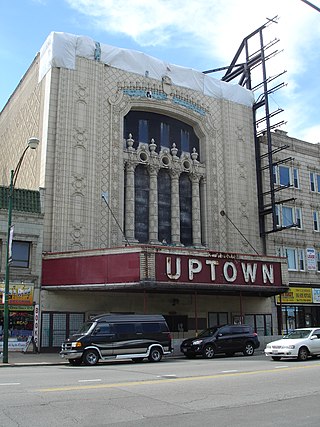
A movie palace is any of the large, elaborately decorated movie theaters built between the 1910s and the 1940s. The late 1920s saw the peak of the movie palace, with hundreds opening every year between 1925 and 1930. With the advent of television, movie attendance dropped, while the rising popularity of large multiplex chains in the 1980s and 1990s signaled the obsolescence of single-screen theaters. Many movie palaces were razed or converted into multiple-screen venues or performing arts centers, though some have undergone restoration and reopened to the public as historic buildings.
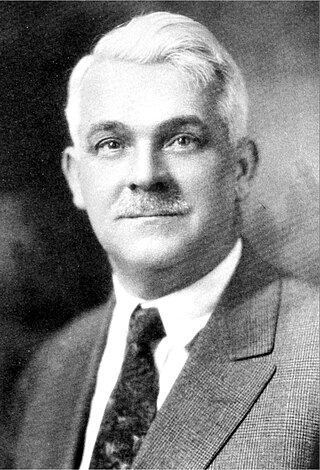
Thomas White Lamb was a Scottish-born, American architect. He was one of the foremost designers of theaters and cinemas in the 20th century.

George S. Barnes, A.S.C. was an American cinematographer active from the era of silent films to the early 1950s.
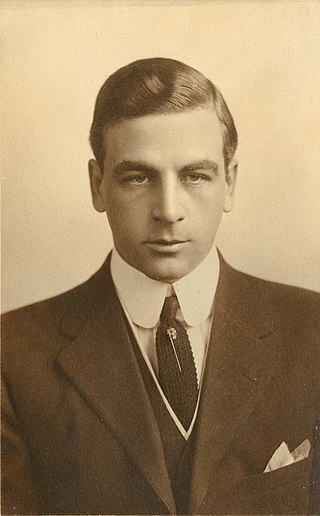
Milton George Gustavus Sills was an American stage and film actor of the early twentieth century.

Shuffle Along is a musical composed by Eubie Blake, with lyrics by Noble Sissle and a book written by the comedy duo Flournoy Miller and Aubrey Lyles. One of the most notable all-Black hit Broadway shows, it was a landmark in African-American musical theater, credited with inspiring the Harlem Renaissance of the 1920s and '30s.
The Shubert Theatre is a 1,600-seat theatre located at 247 College Street in New Haven, Connecticut. Originally opened in 1914 by The Shubert Organization, it was designed by Albert Swazey, a New York architect and built by the H.E. Murdock Construction Company. It is currently operated as a non-profit organization by CAPA under the aegis of the Columbus Association for the Performing Arts.

Louise Fazenda was an American film actress, appearing chiefly in silent comedy films.

Mary Maguire Alden was an American motion picture and stage actress. She was one of the first Broadway actresses to work in Hollywood.

John Adolph Emil Eberson was an Austrian-American architect best known for the development and promotion of movie palace designs in the atmospheric theatre style. He designed over 500 theatres in his lifetime, earning the nickname "Opera House John". His most notable surviving theatres in the United States include the Tampa Theatre (1926), Palace Theatre (1928), Majestic Theatre (1929), Akron Civic Theatre (1929) and Paramount Theatre (1929). Remaining international examples in the atmospheric style include both the Capitol Theatre (1928) and State Theatre (1929) in Sydney, Australia, The Forum, the Lewis J. Warner Memorial Theater (1932) at Worcester Academy in Worcester, Massachusetts and Le Grand Rex.

The Earl Carroll Theatre was a Broadway theatre at 753 Seventh Avenue near 50th Street in the Theater District of Midtown Manhattan in New York City. Built by impresario Earl Carroll and designed by architect George Keister, it opened on February 25, 1922, and was highly successful for a number of years until it was demolished and rebuilt on a lavish scale. It reopened in August 1931 with Carroll's billing that it was "the largest legitimate theater in the world." However, the facility's operating costs proved astronomical and it went into foreclosure in early 1932 after which it was acquired by producer Florenz Ziegfeld who renamed it the Casino Theatre. The Casino was the site of a very successful revival of Ziegfeld's production of Show Boat in 1932. However, Ziegfeld too went bankrupt only a short time later. The property was auctioned in foreclosure on August 18, 1933 to the Mutual Life Insurance Company for $1 million.

The Fulton Theatre was a Broadway theatre located at 210 West 46th Street in Manhattan, New York City, that was opened in 1911. It was renamed the Helen Hayes Theatre in 1955. The theatre was demolished in 1982. After the former Little Theatre on 44th Street became the current Helen Hayes Theatre, the Fulton Theatre was sometimes referred to as the First Helen Hayes Theatre.
Tourtellotte & Hummel was an American architectural firm from Boise, Idaho and Portland, Oregon.

Vivienne Osborne was an American stage and film actress known for her work in Broadway theatre and in silent and sound films.

Eugene De Rosa was an Italian American architect, called at birth Eugenio. He worked in New York City and specialized in the design of theatres.
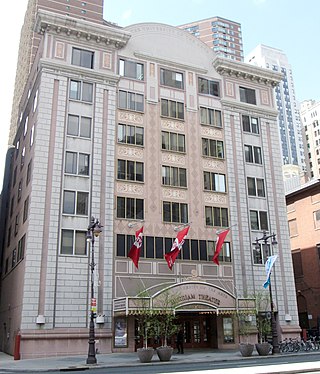
Miller Theater, originally the Sam S. Shubert Theatre and formerly the Merriam Theater, is Philadelphia's most continuous location for touring Broadway show theatre. It is located at 250 South Broad Street within the Avenue of the Arts cultural district of Center City, Philadelphia. The Theatre was built by the Shubert Organization in 1918. In 1972 the theater came under the ownership of the Academy of Music, and was owned by the University of the Arts. In November 2016, it was purchased by the Kimmel Center for the Performing Arts.
The Playhouse Theatre was a Broadway theater at 137 West 48th Street in midtown Manhattan, New York City. Charles A. Rich was the architect. It was built in 1911 for producer William A. Brady who also owned the nearby 48th Street Theatre. After Brady died in 1944, it was sold to the Shubert Organization. From 1949 to 1952, it was an ABC Radio studio.
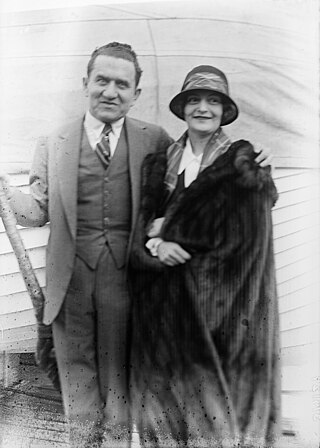
Archibald Selwyn was an American play broker, theater owner and stage producer who had many Broadway successes. He and his brother Edgar Selwyn were partners. They were among the founders of Goldwyn Pictures, later to be merged into MGM.

John Lionel Golden was an American actor, songwriter, author, and theatrical producer. As a songwriter, he is best-known as lyricist for "Poor Butterfly" (1916). He produced many Broadway shows and four films.
Rang Tang is a musical that premiered July 12, 1927, on Broadway at the Royale Theater and ran for 119 performances, including a 14-week overrun, during which, the production moved September 12, 1927, to the Majestic – finishing October 24, 1927. It was acclaimed as one of the most successful black musical revues of the latter 1920s, and owed much to a star-laden cast headlined by Flournoy Miller and Aubrey Lyles. The book — in 2 acts and 12 scenes — is by Kaj Gynt; the lyrics are by Joseph H. Trent; the music is composed by Ford Dabney, who tailored some of the songs for Mae Barnes and Evelyn Preer; the score and post-production music was published by Leo Feist; all copyrighted in 1927 and copyrights renewed in 1954.
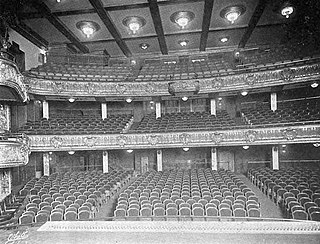
George M. Cohan's Theatre was a Broadway theatre at Broadway and West 43rd Street in the Midtown Manhattan neighborhood of New York City. It was built in 1911 and demolished in 1938.

















